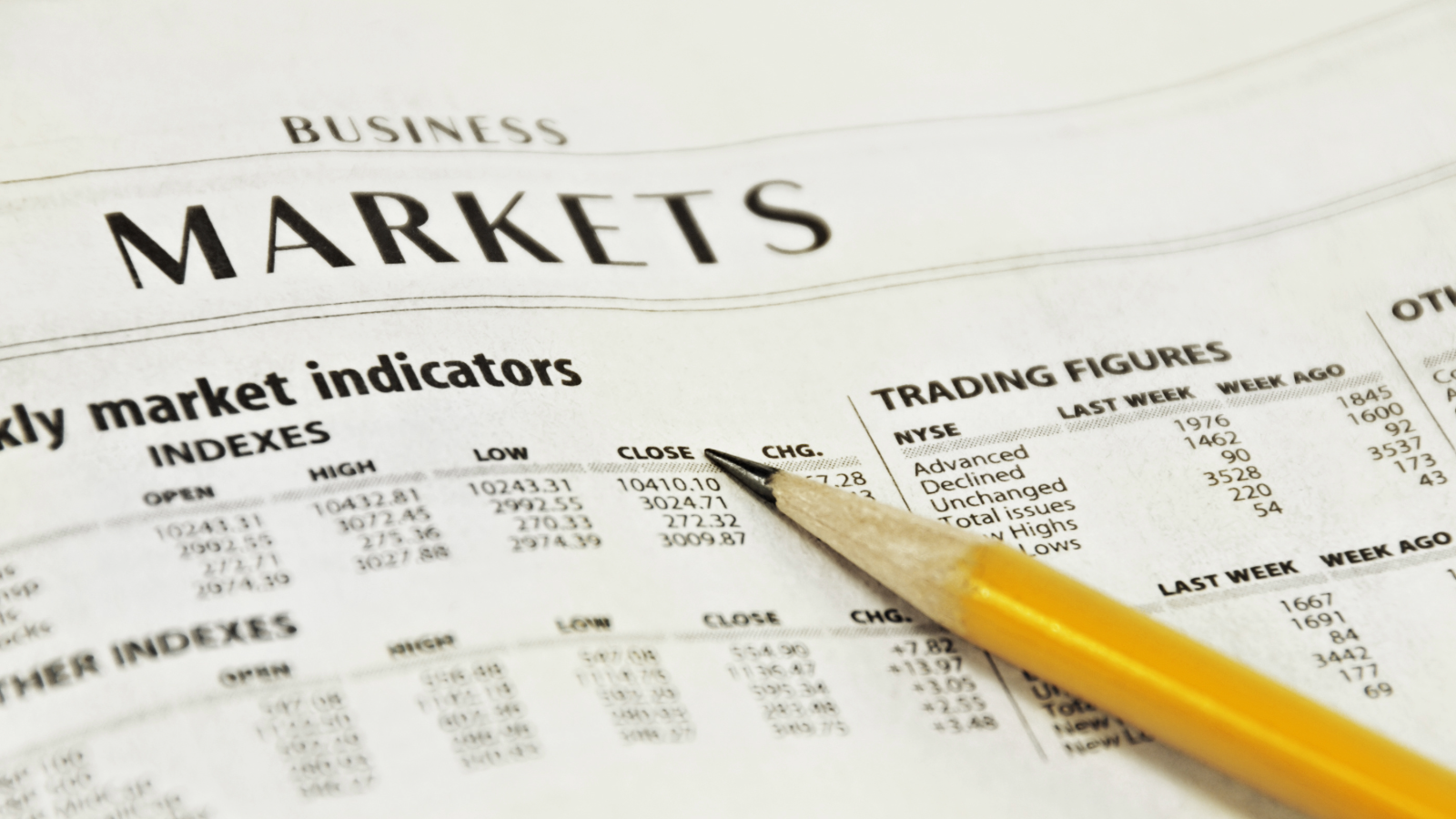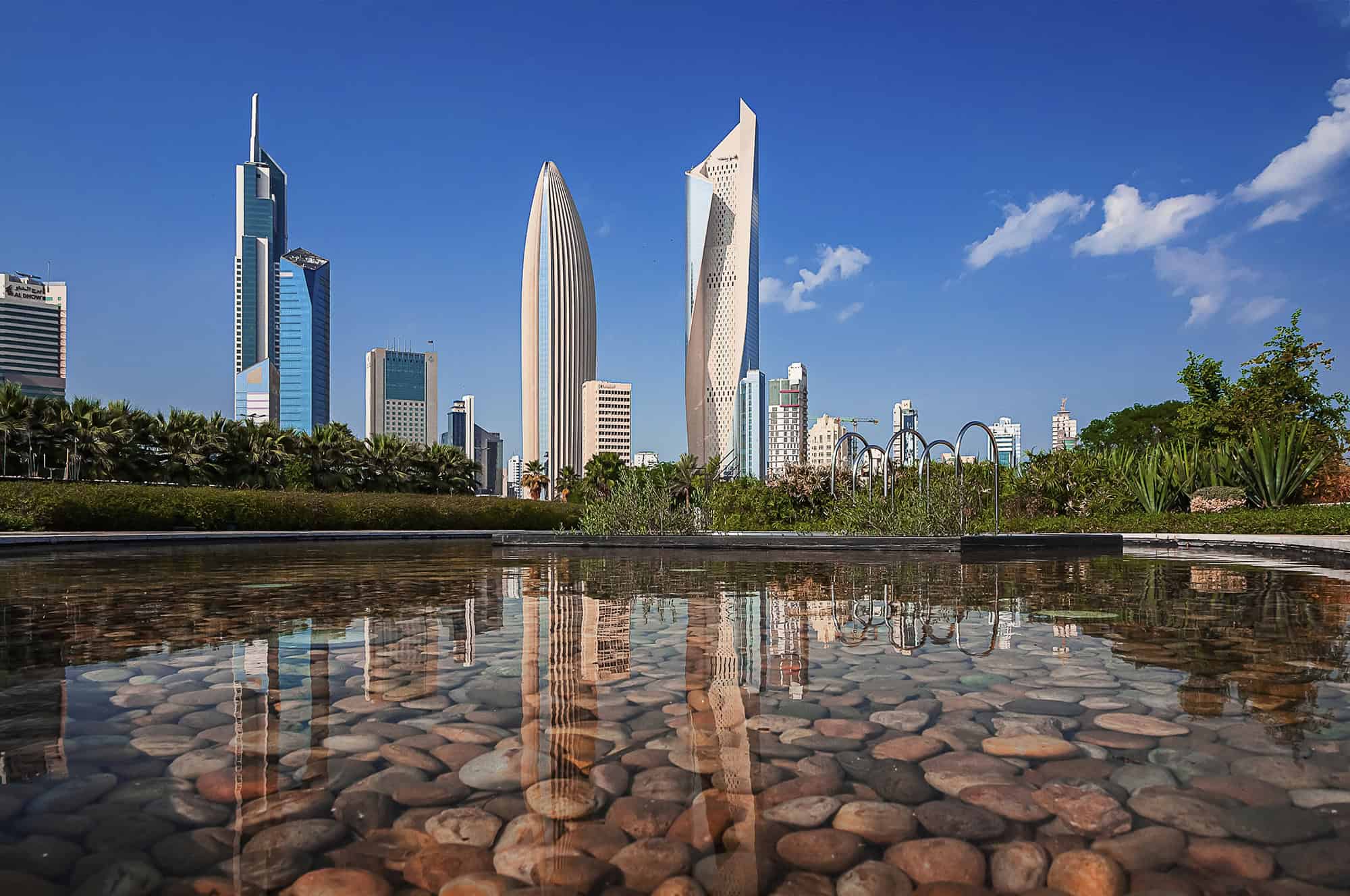Why Now May Actually Be a Great Time to Buy Stocks

What’s driving the rampant fear out there right now – and what’s making us bullish
Wall Street legend Warren Buffet is known for his belief that when it comes to investing in stocks, it’s best to be greedy when others are fearful.
Well, everyone is extremely fearful right now. A global trade war has begun. Government layoffs are spiking. Job growth is slowing. The economy is weakening. Consumer and business sentiment is sliding. And stocks are crashing.

Source: CNN
Does that mean it is time to be greedy? I think so.
But before you go thinking I’m putting the cart before the horse, let’s talk a bit about what’s driving the rampant fear out there right now – and what’s making us bullish.
Understanding the Market Risks
This week, U.S. President Donald Trump started what may be the biggest trade war seen in a century. He enforced 25% tariffs on goods from Canada and Mexico and levied an additional 10% tariff on goods from China. In so doing, Trump has raised the average tariff rate in the U.S. from 2.3% to 11.5%, the highest it has been since World War II.


Economists’ consensus belief is that this will have an adverse impact on the economy.
U.S. companies will face meaningfully higher import costs and either be forced to absorb them (shrinking profit margins), pass them on to consumers (raising inflation), or reorganize their supply chains (disrupting business operations).
No matter which path companies choose, a negative growth shock is likely. Researchers at the Federal Reserve suggest that by raising the average U.S. tariff rate to 11.5%, GDP growth will be negatively affected by 1.3%.
Meanwhile, real-time estimates for U.S. economic growth suggest that it is trending very weak this quarter. One estimate from the Atlanta Fed shows -2.8% growth; and that was even before the trade war began. Slicing off another 1.3% would put U.S. GDP growth below -4%.
That’s awful. And it doesn’t even take into account the tariffs yet to come…
Stocks Suffer Amid This Game of ‘Chicken’
Trump has made known that he wants to enact tariffs on aluminum, steel, copper, lumber, chips, pharma goods, and more over the next month. He also wants to put reciprocal tariffs in place by April.


If even just a portion of those are enacted, then the average U.S. tariff rate could spike to 15% or 20% by the summer. And at that point, we could be looking at another 1% to 2% hit on GDP, putting GDP below -5%.
That would be bad. We’re talking Covid-era bad… Great-Financial-Crisis bad…
So, yes, it makes sense why investors are fearful right now.
But we think folks should be greedy here because that worst-case outcome likely won’t materialize.
In our view, it’s clear that Trump is merely using tariffs as a strong-arm negotiating tactic to win better deals for the U.S. As a result, this trade war shouldn’t last long.
Just look at the pattern of behavior here:
- In early February, less than 24 hours after Trump first announced sweeping tariffs against Canada and Mexico, all three countries came to a deal to delay them.
- Less than 24 hours after Trump paused all military aid to Ukraine, reports leaked that the two came to an agreement to sign an overdue minerals deal that would resume aid.
- Less than 24 hours after Trump actually enacted sweeping tariffs against Canada and Mexico, reports leaked that the three were working on a deal to remove some or all of the duties.
- And less than 24 hours after that, Trump delayed Canadian and Mexican auto tariffs by a month.
Issue the threat. Force the other side to the negotiating table. Strike a deal. Rescind the risk.
If this pattern persists, then all these fears of a global trade war sinking the U.S. economy into a recession are overblown – which means the recent stock selloff is overdone, too.
Time to buy stocks?
It Seems the Bottom Is In
Look at it from this perspective.
Due to these trade war fears, the S&P 500 and Nasdaq have crashed to right around their 200-day moving averages – widely considered the market’s “last line of defense.” As of this writing, the S&P sits just above its 200-day moving average, while the Nasdaq dropped below this level earlier this week, then swiftly rebounded above it.
The indices have dropped to their 200-day moving averages only twice in the past two years – in March and October of 2023.
Both times, stocks bottomed from a recent selloff and went on to soar over the next few months.
From March 2023 to July 2023, the S&P rose about 20%, while the Nasdaq rallied almost 30%. From October 2023 to July 2024, the S&P soared around 40%, and the Nasdaq climbed nearly 50% higher.
In other words, the last two times the S&P 500 and Nasdaq were languishing around their 200-day moving averages, stocks bottomed then soared for months.
We’re right back at that point again.


Either this time is different, or it is a great time to buy stocks – before they soar over the next few months.
The Final Word on Buying Stocks
Admittedly, there are a lot of reasons this selloff in stocks could be different. But it probably isn’t.
We’re likely just seeing another pullback within the market’s broader strong uptrend. If so, that means either the bottom is in or close to it – and stocks are primed to rally big over into the summer.
Time to buy? We think so.
Which is why we want to point you to an informational presentation I put together focused on the man at the epicenter of this selloff – Donald J. Trump.
It may be easy to tell by now that Trump will have a major impact on the economy and markets. But that impact will be multifaceted and complex, not straightforward.
To best prepare yourself for the next four years, you need to understand exactly what his impact could be, what stocks to buy under ‘Trump 2.0’ – and what stocks to avoid.
I detail all this and more in my new briefing.
Click here to check it out now.
On the date of publication, Luke Lango did not have (either directly or indirectly) any positions in the securities mentioned in this article.
P.S. You can stay up to speed with Luke’s latest market analysis by reading our Daily Notes! Check out the latest issue on your Innovation Investor or Early Stage Investor subscriber site.

































